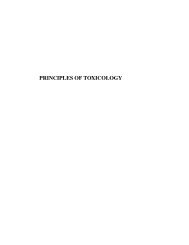Insect-pests - Biology East Borneo
Insect-pests - Biology East Borneo
Insect-pests - Biology East Borneo
You also want an ePaper? Increase the reach of your titles
YUMPU automatically turns print PDFs into web optimized ePapers that Google loves.
44 General Conclusions<br />
and symposia proceedings, mostly in Bahasa<br />
Indonesia, the benefits of broader expert review of<br />
the research are not captured. While there are<br />
numerous publications, the scientific quality of many<br />
is inadequate. Although there are some high quality<br />
publications that contribute to advancement of<br />
knowledge or solving problems, there are also many<br />
publications that are premature, and many<br />
recommendations that are impracticable, ineffective<br />
or prohibitively expensive.<br />
5.3. Future outlook<br />
To meet the needs of expanding plantations, more<br />
attention needs to be paid to promoting research on<br />
<strong>pests</strong> and diseases. This calls for a dialogue between<br />
Government, universities and plantation companies<br />
to formulate appropriate approaches. An immediate<br />
need is to set up a plantation health monitoring system<br />
for Indonesia covering <strong>pests</strong> and diseases, and<br />
plantation failures due to other causes. This has the<br />
support of some plantation companies. Some<br />
fundamental research is needed to complement<br />
problem-solving research, for example, to create a<br />
scientific database and expertise for identification of<br />
disease organisms and insects, many of which are<br />
poorly identified. Although plantation companies may<br />
be interested in immediate problem solving research,<br />
the approach should be to simultaneously strengthen<br />
indigenous research capability and infrastructure for<br />
long-term benefits.
















